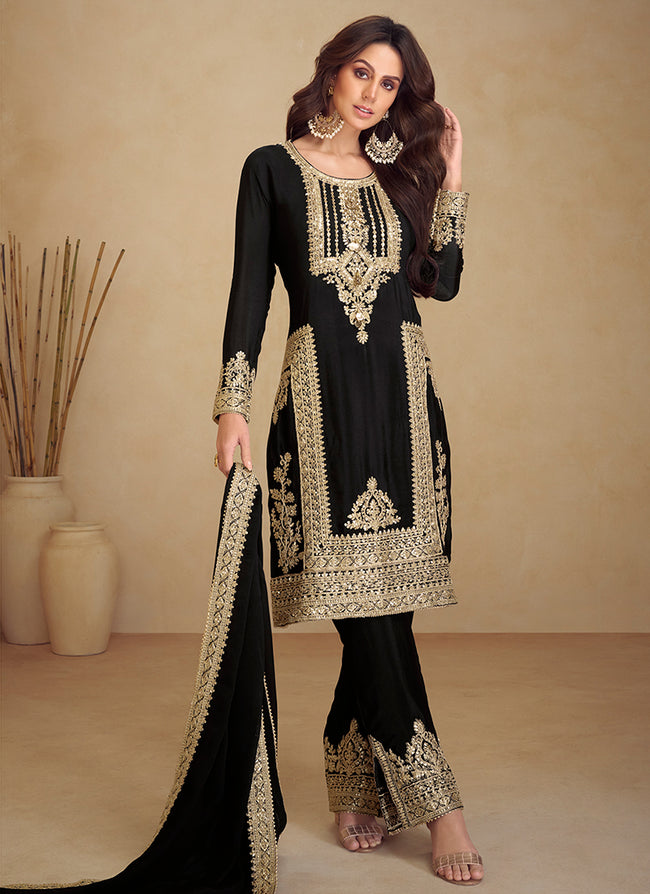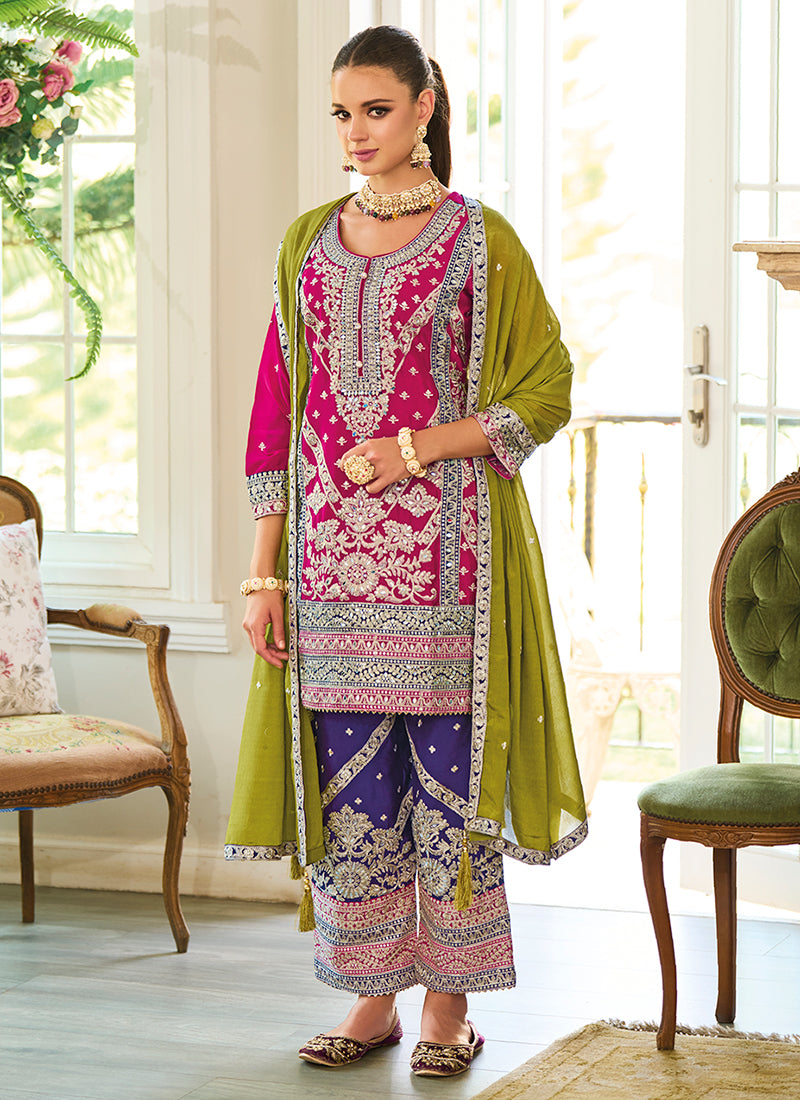The salwar kameez, a quintessential attire of South Asia, epitomizes comfort and elegance. Its versatility and adaptability across different regions and cultures make it a beloved choice for women of all ages. From its historical roots to contemporary fashion, the salwar kameez remains a symbol of grace and practicality. In this article, we’ll explore the various styles and regional variations of this iconic garment, highlighting its unique features and cultural significance.
The Anatomy of Salwar Kameez
Before delving into regional variations, it's important to understand the basic structure of the salwar kameez:
- Kameez: The top part of the outfit, typically a long tunic or shirt, which can vary in length, design, and embellishment.
- Salwar: The bottom part, usually a pair of loose, tapered trousers or pants. It can also include variations like churidars or patialas.
- Dupatta: A long scarf or shawl that complements the outfit. It can be draped in various styles, adding both elegance and modesty.
Regional Variations of Salwar Kameez
1. Punjabi Salwar Kameez
- Characteristics: The Punjabi salwar kameez is known for its relaxed fit and vibrant colors. The salwar is typically wide and baggy, offering comfort and ease of movement. The kameez is often adorned with intricate embroidery or mirror work.
- Dupatta: Usually worn over one shoulder or draped around the neck.
- Occasions: Ideal for daily wear, festivals, and casual gatherings.
2. Patiala Salwar Kameez
- Characteristics: Originating from the Patiala region, this style features a wide, flared salwar with a voluminous look. The kameez is often short, complementing the wide salwar.
- Dupatta: Typically draped over the shoulders and often embellished with heavy embroidery.
- Occasions: Perfect for festive occasions and traditional celebrations.
3. Anarkali Suit
- Characteristics: Named after the legendary courtesan Anarkali, this style features a long, flowing kameez with a flared skirt, resembling an empire waist dress. The kameez often includes intricate embroidery and embellishments.
- Dupatta: Draped over the shoulders or worn as a stole.
- Occasions: Ideal for weddings, formal events, and special occasions.
4. Churidar Kameez
- Characteristics: This variation features a tight-fitting churidar (a type of salwar with a tapered leg) paired with a longer kameez. The churidar is designed to fit closely to the legs, creating a sleek silhouette.
- Dupatta: Usually draped over one shoulder or around the neck.
- Occasions: Suitable for both casual and formal events, including office wear.
5. Sharara Suit
- Characteristics: The sharara suit consists of a short kameez paired with flared pants that resemble a skirt, offering a glamorous look. The sharara is often heavily embellished, making it a popular choice for formal events.
- Dupatta: Worn over the shoulders or draped across the arm.
- Occasions: Ideal for weddings, receptions, and festive occasions.
6. South Indian Salwar Kameez
- Characteristics: In South India, the salwar kameez often features simpler designs with minimal embellishments. The kameez may be shorter, and the salwar is usually tailored to fit well.
- Dupatta: Often lighter and less embellished compared to other regions.
- Occasions: Suitable for everyday wear and informal gatherings.
7. Karachi Suit
- Characteristics: Originating from Karachi, this style features a longer kameez with a straight cut and a slim-fit salwar. The outfit is often characterized by elegant prints and modern designs.
- Dupatta: Often draped casually over one shoulder.
- Occasions: Ideal for office wear, casual outings, and informal events.
Modern Adaptations
In recent years, the salwar kameez has seen numerous modern adaptations:
- Fusion Styles: Combining traditional elements with contemporary fashion, such as pairing a salwar kameez with a jacket or a belt.
- High-Low Kameez: Featuring a hemline that is shorter in the front and longer at the back, adding a stylish twist to the traditional design.
- Designer Salwar Kameez: High-fashion versions with luxurious fabrics, intricate embroidery, and innovative cuts for upscale events.
Conclusion
The salwar kameez is a testament to the rich cultural heritage and sartorial versatility of South Asia. Its various regional styles reflect the diverse traditions and preferences across the subcontinent. Whether it’s the relaxed Punjabi salwar kameez, the elegant Anarkali suit, or the chic Karachi suit, each variation offers a unique way to express personal style while celebrating tradition. Embracing these regional variations allows one to appreciate the sartorial artistry and cultural significance woven into this classic garment.













